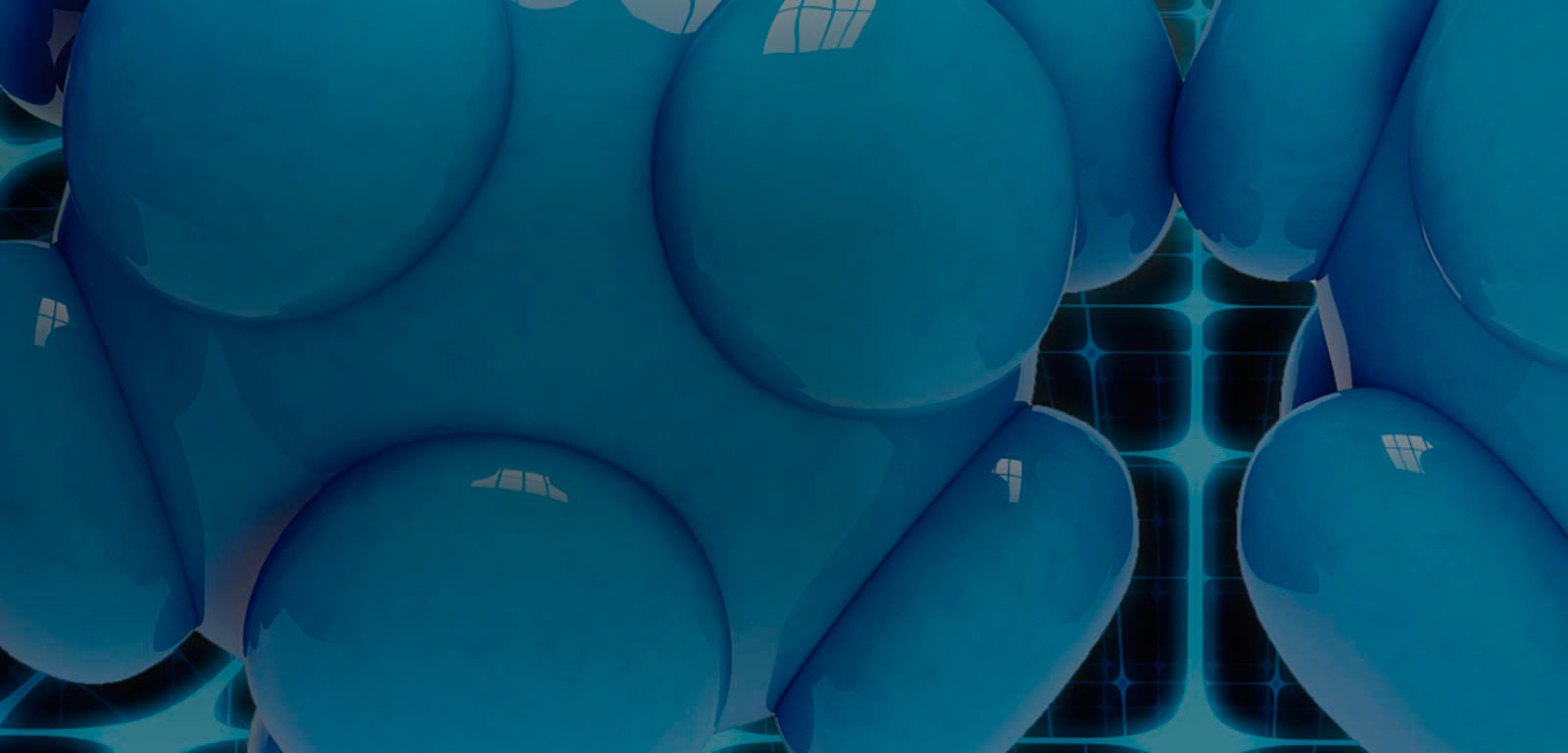Subject
From Nanoscience to Nanotecnology
General details of the subject
- Mode
- Face-to-face degree course
- Language
- English
Description and contextualization of the subject
The course focuses on the connection between on-going research activities in nanoscience and their present and potential applications in nanotechnology. Several fields of research and applied technology will be covered, starting from the description of the synthesis of new materials and interfaces at nanoscale, their physical-chemical properties and their applications.Teaching staff
| Name | Institution | Category | Doctor | Teaching profile | Area | |
|---|---|---|---|---|---|---|
| GOSALVEZ AYUSO, MIGUEL ANGEL | University of the Basque Country | Personal Doctor Investigador | Doctor | Not bilingual | Condensed Matter Physics | miguelangel.gosalvez@ehu.eus |
| VITALI , LUCIA | University of the Basque Country | Visitante Ikerbaske | Doctor | Not bilingual | Applied Physics | lucia.vitali@ehu.eus |
| AYUELA FERNANDEZ, ANDRES | Centro de Física de Materiales CSIC | Otros | Doctor | a.ayuela@csic.es |
Competencies
| Name | Weight |
|---|---|
| Que los estudiantes relacionen las propiedades de los materiales en la nanoscala con sus potenciales aplocaciones | 100.0 % |
Study types
| Type | Face-to-face hours | Non face-to-face hours | Total hours |
|---|---|---|---|
| Lecture-based | 18 | 33 | 51 |
| Workshop | 12 | 12 | 24 |
Assessment systems
| Name | Minimum weighting | Maximum weighting |
|---|---|---|
| Presentations | 66.0 % | 66.0 % |
| Written examination | 0.0 % | 0.0 % |
| Written examination (problems) | 33.0 % | 33.0 % |
Ordinary call: orientations and renunciation
Final evaluation: 100% theoretical-practical exam.The course will be evaluated by taking into account three grades, one from each of the three lecturers and calculating the average value with equal weights (sum of the three grades divided by 3). Part B of the course will be evaluated via a written examination (lecturer B, 33% of the final grade). Parts A and C will be evaluated together via an oral presentation of a subject of interest for each student, within the limits of nanoscience/nanotechnology (lecturer A, 33% of the final grade; lecturer C, 33% of the final grade). On decision by the lecturers all oral presentations (by all students) can be replaced by written special assignments (by all students).
Failure to attend the written examination will be considered as not presented. Failure to participate in the oral presentations/written assignments will be considered as not presented.
Extraordinary call: orientations and renunciation
Final evaluation: 100% theoretical-practical exam.Failure to attend the written examination will be considered as not presented. Failure to participate in the oral presentations/written assignments will be considered as not presented.
Temary
A. The semiconductor industry: state of the art and challenges (Lecturer A)CMOS: fundamentals, technology and limits
Magnetic recording: state of the art and challenges
State of the art Lithography and its limits
Towards molecular electronics
Creating small objects in a controlled way
The top down strategy: Lithography
The bottom-up strategy: self-assembly
B. Synthesis and applications of nanomaterials (Lecturer B)
Introduction to the geometries of nanoscale carbon
Fullerenes
Carbon nanotubes
Graphene
Semiconductor Quantum dots
Nanocomposites
C. Nanoscience and nanotechnology in renewable energy production (Lecturer C)
The energy challenge
Nanotechnology in wind power
Nanotechnology in hydroelectric
Nanotechnology in biomass
Nanotechnology in geothermal
Nanotechnology in solar: thermal, photovoltaic and artificial photosynthesis
Nanotechnology in biosensors
Surface mediated processes: growth, etching and heterogenous catalysis
Bibliography
Basic bibliography
1. INTRODUCTION TO NANOSCALE SCIENCE AND TECHNOLOGY EDS DI VENTRA, EVOY AN HEFLIN SPRINGER, 2004.2. NANOTECHNOLOGY, BASIS SCIENCE ADN EMERGING NANOTECHNOLOGIES. WILSON ET AL CHAPMAN, 2002
3. INTERNATIONAL TECHNOLOGY ROADMAP FOR SEMICONDUCTORS ITRS-2007


